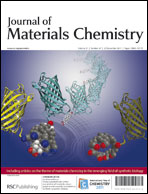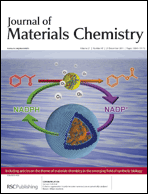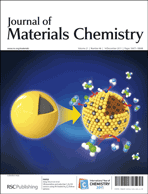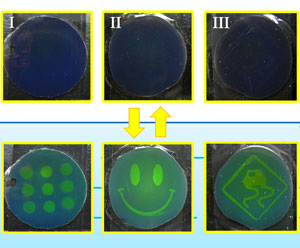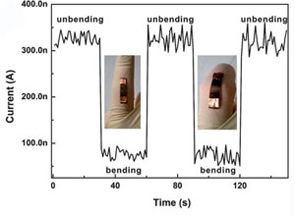Journal of Materials Chemistry will publish a themed issue on Materials for Biosurfaces in 2012. Please contact the editorial office if you would like to contribute an article.
The Guest Editors of the issue will be Professor Christopher K. Ober (Cornell University, USA), Dr. Christian Ohm (Cornell University, USA), Ms. Mary E. Welch (Cornell University, USA).
The issue will focus on the synthetic and physical chemistry of biosurfaces with a primary attention to polymer based surfaces and the role of surfaces in biomedical related applications such as biosensors. Materials of interest include polymer brushes, hydrogels, membranes and self-assembled monolayers. The role of surfaces in cell adhesion and cell-surface interactions is also a topic of this special issue.
Journal of Materials Chemistry publishes original research that demonstrates novelty and advance, either in the chemistry used to produce materials or in the properties/applications of the materials produced. All manuscripts will be handled by the Journal of Materials Chemistry Editorial office and refereed in accordance to the standard procedures of the journal.
The deadline for the receipt of manuscripts for this themed issue is Monday 20th February 2012
Manuscripts can be submitted using the RSC’s on-line submissions service. Please clearly state in the comment to editors section during submission that the manuscript is “submitted by invitation for the themed issue on Materials for Biosurfaces”.
We hope that you will be able to contribute to this themed issue and we look forward to hearing from you.
Professor Christopher K. Ober, Cornell University, Guest Editor
Dr. Christian Ohm, Cornell University, Guest Editor
Ms. Mary E. Welch, Cornell University
Dr Liz Davies, Editor, Journal of Materials Chemistry
Comments Off on Announcing the Materials for Biosurfaces Themed Issue
 Researchers studying new two-photon absorption chromophores based on spirofluorene and ladder-type pentaphenylenes have investigated the effect of structure on two-photon absorption efficiency.
Researchers studying new two-photon absorption chromophores based on spirofluorene and ladder-type pentaphenylenes have investigated the effect of structure on two-photon absorption efficiency.











